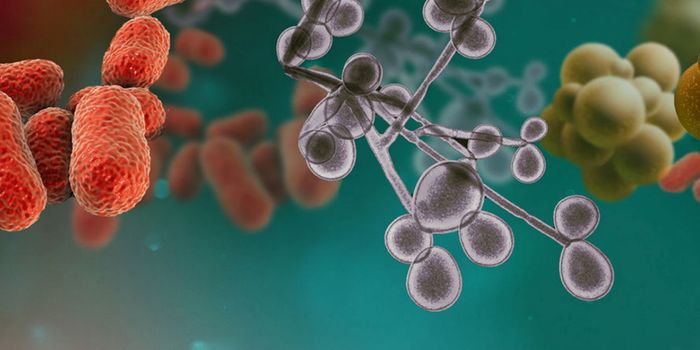Gender Inequality in Viral Infections
Evolutionarily speaking, successful species are those that can procreate and pass their genetics to future generations. And in the case of viruses, this evolutionary pressure could be driving different viral aggressiveness between men and women.
Childrearing and childbirth present some unique opportunities for viruses to spread in women to their children. For example, expectant women can transmit viruses like toxoplasma, rubella, and cytomegalovirus. Most recently, Zika has also been demonstrated to be transmitted in the womb. Viruses can also be passed on from mother to child through childbirth (seen with herpes infection), and also through breast milk (seen with HIV infection).
If infecting women could mean a greater chance of spawning future generations of viruses, would this affect how viruses affect women versus men?
To answer this question, researchers from the Royal Holloway University in London turned to mathematical models. They were specifically looking for patterns of viral behaviors between the sexes. "We're turning it on its head and taking the pathogen's eye view,” said Francisco Ubeda, one of the researchers.
Their findings suggest some viruses may be sexist! That is, the viruses appear to be less aggressive in women than in men. "Viruses may be evolving to be less dangerous to women, looking to preserve the female population, the virus wants to be passed from mother to child, either through breastfeeding, or just through giving birth,” said Ubeda.
Indeed some infections are known to be less severe in women. For example, some research have shown that the influenza virus affects women less than men. The research suggests that hormone differences, mainly estrogen, provide the buffer for women. Other ideas for why women may have a stronger immune system point to the two X-chromosomes that women carry, versus the single that men carry.
"We show theoretically it is possible, which is challenging, but we haven't proven what the mechanism is that would trigger this difference,” said Ubeda. “Or that there will be a difference in the pathogen's behavior between in men and women." In short, they don’t yet know if this biological pattern is real, and what mechanisms are behind it.
"The possibility that a virus - or indeed any other infection - can fine-tune its ability to cause disease to help its transmission in either males or females is intriguing,” said Jonathan Ball, a virologist not associated with the study.
Indeed, if the differences in viral infection between the sexes are real, the authors postulate that future drugs could be used to influence the severity of viral infections. But ultimately, the model association has to be clearly confirmed in a biological system before any drugs can be developed.
Additional sources: BBC









